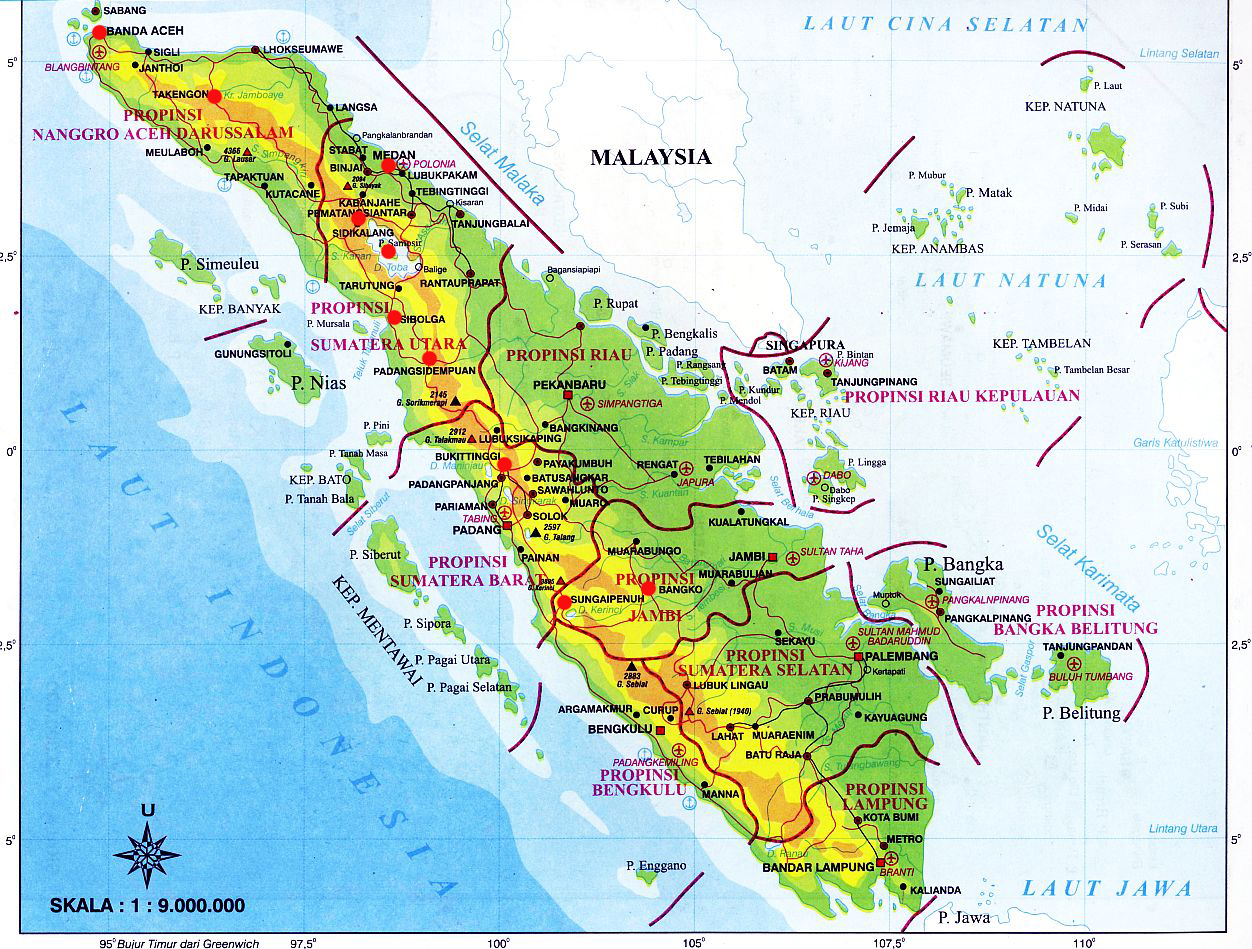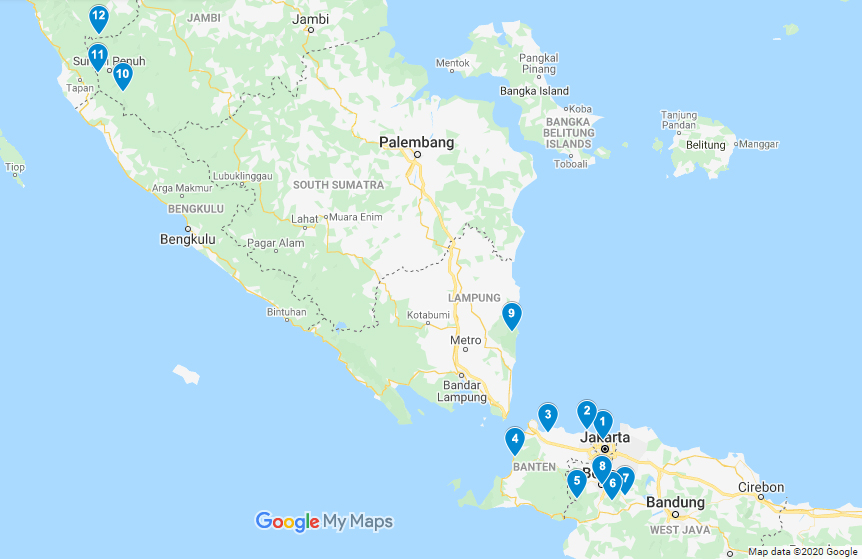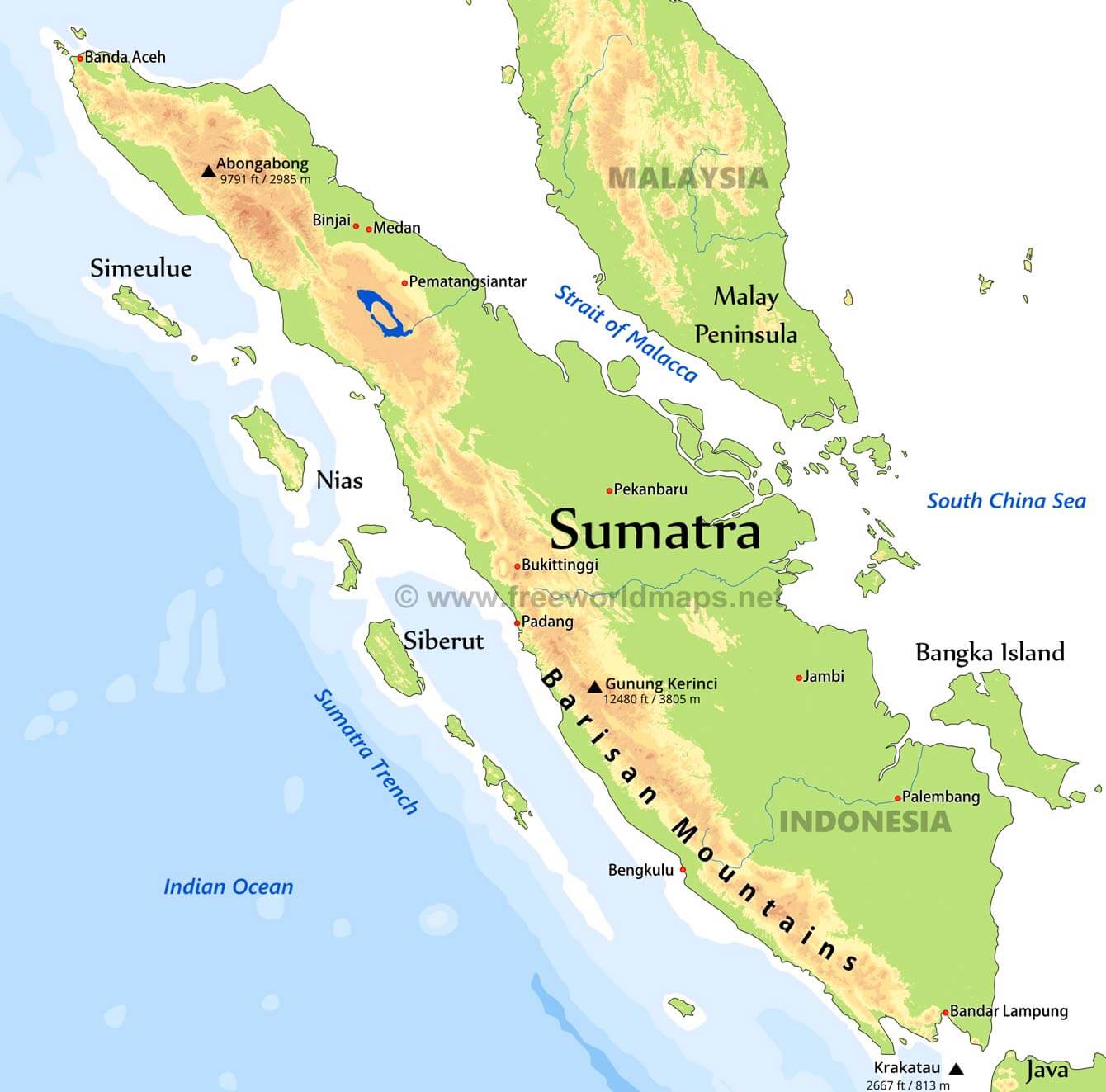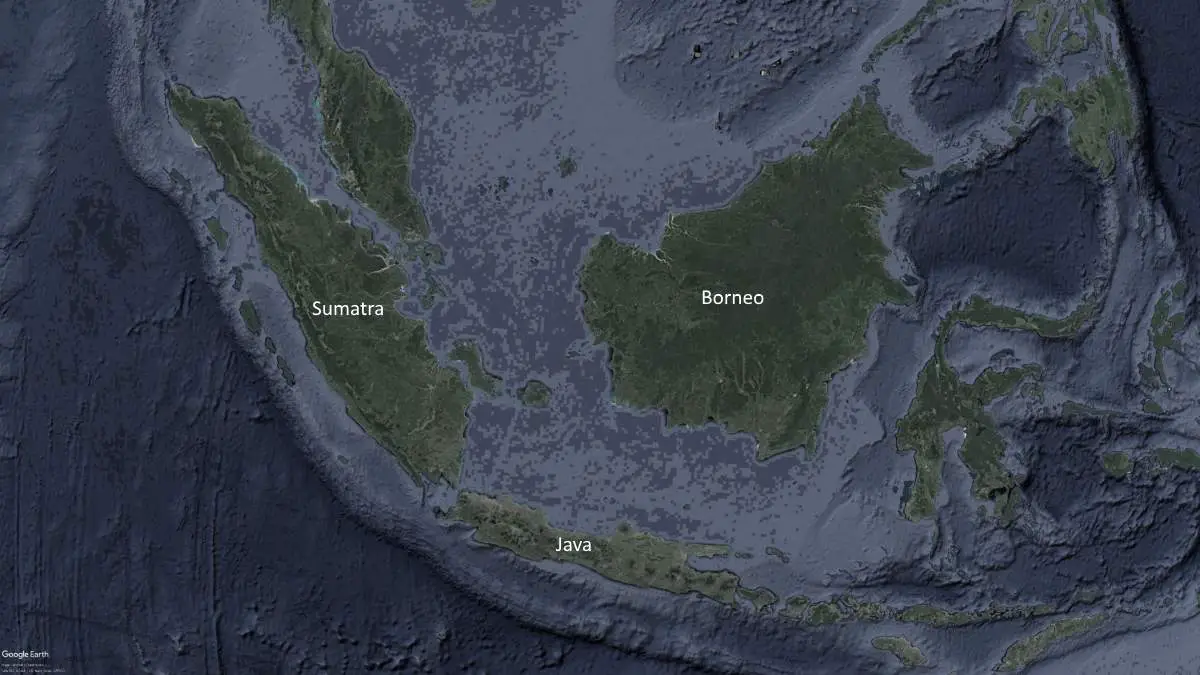



The railways were gradually expanded by both the state and private companies. The first railway line in Indonesia opened in 1867 and was initially laid to standard gauge size. Locomotive and train of the Dutch Indies Railway Company ( Nederlands-Indische Spoorweg Maatschappij), Java, c. Various narrow gauge industrial tramways operate in Java and Sumatra, serving the sugarcane and oil palm industries. The infrastructure is state-owned, and companies pay a fee for using the railways. Indonesia's railways are primarily operated by the state-owned Kereta Api Indonesia (KAI), its commuter subsidiary KAI Commuter, and the airport rail link subsidiary KAI Bandara. Most of the Jakarta metropolitan area is electrified at 1500 V DC overhead. Newer constructions in Sumatra including Aceh, Kalimantan, Sulawesi, and Papua, along with the Jakarta LRT and Jakarta-Bandung HSR, are using the 1,435 mm gauge. New mass rapid transit and light rail transit system are currently being introduced in Jakarta and Palembang, South Sumatra.ĭespite Indonesia having a left-hand running for roads, most of the railway lines use right-hand running due to Dutch legacy. Urban railway exist in form of commuter rail in all provinces and metropolitan areas of Java – notably in Jakarta – as well as Medan, North Sumatra.

As of September 2022, the network spans 7,032km. Indonesia targets to extend the national railway network to 10,524 kilometres by 2030. According to the plan, 3,200 km of train tracks that will criss-cross the islands of Sumatra, Java, Kalimantan, and Sulawesi, it has been touted as the most extensive railway project in Indonesia since its independence from the Dutch in 1945. Indonesia has finalized its plan for a national railway network recently. There are three noncontinuous railway networks in Sumatra ( Aceh and North Sumatra West Sumatra South Sumatra and Lampung) while two new networks are being developed in Kalimantan and Sulawesi. The majority of Indonesia's railways are on Java, used for both passenger and freight transport. 995.5 million tonnes (2015, as of October)


 0 kommentar(er)
0 kommentar(er)
